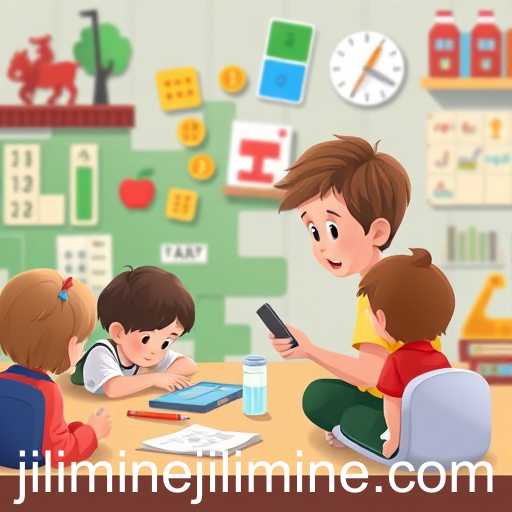In today's rapidly evolving digital landscape, educational games have emerged as a transformative tool in the realm of learning. The concept of blending education and entertainment is not new, but the sophistication and accessibility of today's educational games, such as those found under the 'jilimine' category, are unparalleled. These games are designed to engage students, stimulate their curiosity, and make learning more interactive and fun.
Educational games offer a plethora of benefits that traditional learning methods may lack. They cater to various learning styles, providing visual, auditory, and kinesthetic opportunities for learners. By doing so, these games accommodate all types of learners, paving the way for personalized education experiences. 'Jilimine', a keyword associated with innovative learning solutions, is part of a broader category that encompasses games aiming to enhance cognitive skills, improve problem-solving abilities, and bolster memory retention.
Moreover, educational games hold significant potential in fostering critical thinking. By presenting challenges that require creative solutions, these games promote cognitive development and encourage students to think outside the box. The interactive nature of such games brings a level of engagement that traditional educational methods often struggle to achieve.
The popularity of educational games has also been boosted by the advent of online learning platforms, which have made access to such resources easier than ever. With the proliferation of smartphones and tablets, students can now learn on the go, turning any moment into a potential learning opportunity. This flexibility is especially beneficial in today's fast-paced world, where adaptability and quick learning are crucial.
However, the rise of educational games, including 'jilimine' options, does not come without its challenges. There are concerns about screen time and the potential for distraction. It's crucial for educators and parents to strike a balance between traditional learning methods and digital play. Games should not replace core educational activities but rather complement them, enhancing the overall learning experience.
In conclusion, educational games, exemplified by the 'jilimine' category, are shaping the future of education by making learning more engaging and accessible. As technology continues to evolve, these games are likely to become even more sophisticated, offering new opportunities for growth and development in education. The key lies in leveraging these tools wisely to maximize educational outcomes while fostering a love for learning in students of all ages.








